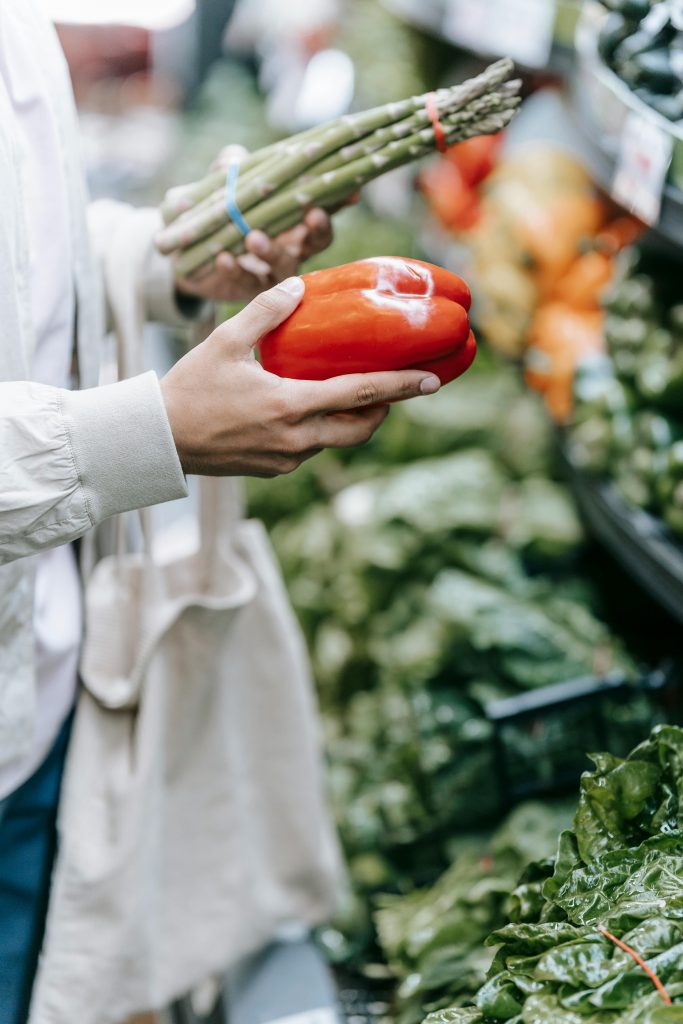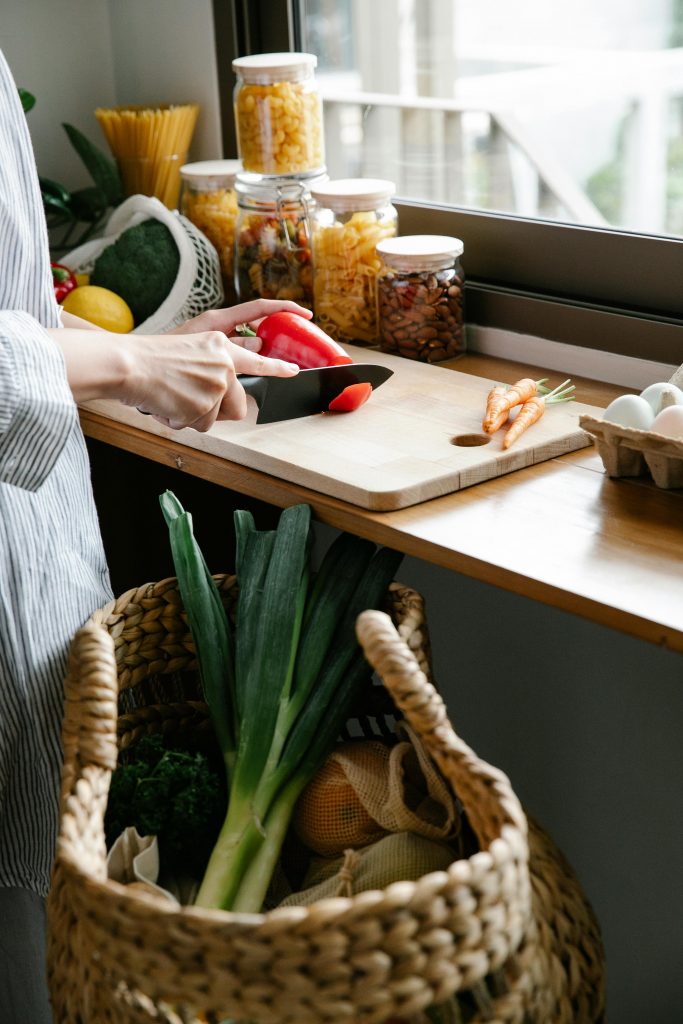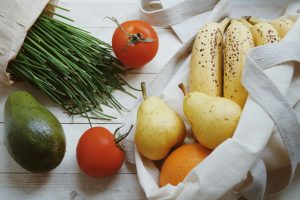Food is expensive, and for many of us, buying fresh produce feels like an investment. I’ve often found myself wondering whether I’m really getting the most out of the fruit and vegetables I buy – especially when I see a punnet of strawberries go bad within days or notice spinach wilting in the fridge before I’ve had a chance to cook it
To get real answers, I did some digging and on the best ways to choose, store and prepare produce in ways that maximise both freshness and nutrition. This is what you need to know:
Shopping smart for maximum nutrition
Choosing the right fruit and vegetables from the start makes all the difference. Seasonal, locally grown produce usually offers more flavour and nutrients because it hasn’t travelled long distances or sat in cold storage. Look for items that are firm, brightly coloured and free of bruises or soft spots. Wrinkling or dark patches often mean the produce is past its best.
When possible, buy whole fruit and vegetables rather than pre-cut options. Cutting exposes them to light and air, which speeds up nutrient loss. Think about the difference in shelf life between a whole butternut and a pre-cut pack—the whole version will last much longer and keep more goodness intact.

Fresh vs frozen: Which is better?
Frozen produce often gets a bad reputation, but the truth is that it can be just as healthy, if not healthier, than fresh. When fruit and vegetables are flash-frozen shortly after harvest, most of their nutrients are locked in. In fact, frozen spinach can sometimes be more nutrient-dense than “fresh” spinach that’s been sitting in the fridge for several days.
The same applies to home-cooked meals that you’ve frozen. A balanced, homemade frozen dish will still carry more nutritional value than a takeaway. Just make sure to freeze meals in airtight containers, label them with the date and aim to use them within three to six months.
The best way to store fruit and vegetables
Knowing where to store your produce helps it last longer:
- Fruit: Keep on the counter until ripe, then move to the fridge to extend freshness.
- Vegetables: Most should go straight into the fridge, except root vegetables such as potatoes, sweet potatoes and squash, which prefer a cool, dark cupboard.
- Separation: Store fruit and vegetables apart. Certain fruits release ethylene gas that speeds up ripening in other items.
- Washing: Only wash produce right before you eat or cook it. Washing too far in advance adds moisture, which makes food spoil faster.
For storage containers, glass is a safe choice. It doesn’t react with heat or absorb odours, and it avoids the risk of chemicals leaching into food (something that can happen with some plastics). If you’re using plastic, look for those marked with numbers 1, 2, 4 or 5 on the base – they’re considered food safe.
Prepping and cooking for better nutrition
How you prepare produce affects the nutrients you get. Some foods are best eaten raw, while others benefit from cooking:
- Tomatoes: Raw tomatoes are rich in vitamin C, but when cooked, they release lycopene, an antioxidant linked to heart health.
- Spinach: Best eaten raw to retain vitamin C, which breaks down with heat.
- Carrots, sweet potatoes and peppers: Cooking helps unlock antioxidants like beta-carotene.

When cooking vegetables, keep these tips in mind:
- Avoid peeling when possible – the skins often contain valuable nutrients.
- Cut vegetables after cooking to limit nutrient loss.
- Choose gentler methods like steaming, microwaving or stir-frying instead of boiling. Steaming, for example, helps preserve up to 90% of vitamin C.
- If you do boil vegetables, don’t throw away the water – use it in soups or sauces, since it contains nutrients that leach out during cooking.
- Keep cooking times short to protect delicate vitamins.
There isn’t a single “best” way to eat fruit and vegetables – it’s about balance. A mix of raw and cooked options ensures that you get a wide range of nutrients. Think raw spinach in salads, roasted tomatoes in pasta, steamed broccoli as a side, and fresh berries as a snack.
By making a few smart choices when shopping, storing and cooking, you’ll not only reduce waste but also get more health benefits from the food you buy. At the end of the day, the goal is simple: enjoy your fruit and vegetables in ways that keep them fresh, safe and packed with goodness.
ALSO SEE: MOOD-BOOSTING FOODS AND HOW TO COOK WITH THEM


